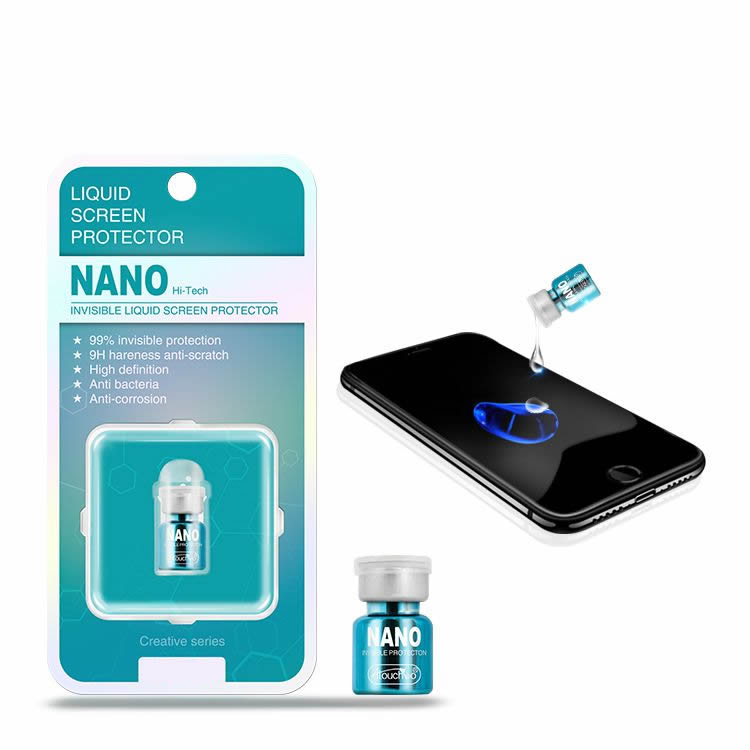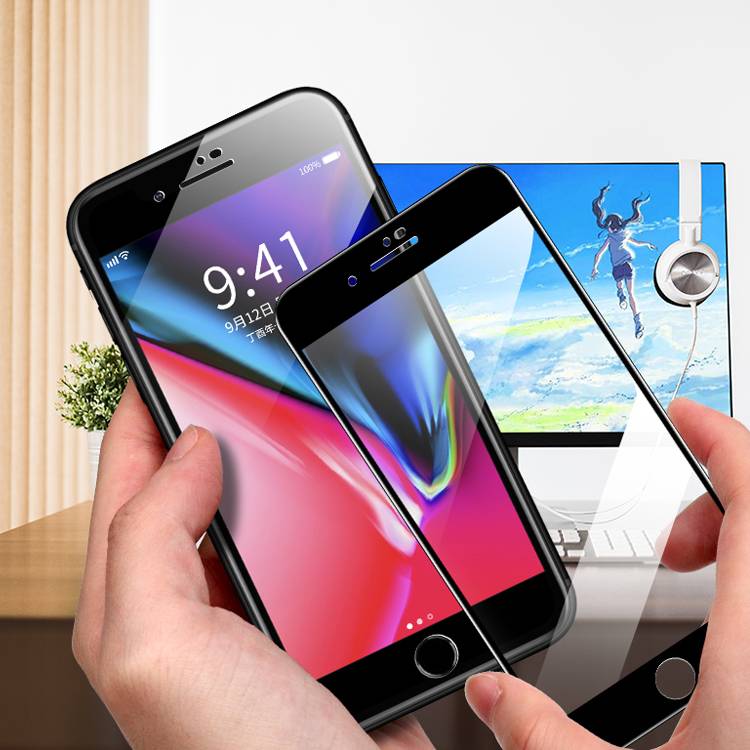Screen protectors have been around for several years, and there are many people who swear by them. There are also many people who swear at them, claiming that they hinder the sensitivity of the screen, that they collect dirt and dust, or that they simply scratch too easily and need to be replaced far too often.
So which should you use? A liquid screen protector or a regular screen protector? I’ll tell you what’s so great about each option and then let you decide which one to go with.
Nano Liquid Screen Protectors

Nano liquid screen protectors are becoming increasingly popular, but are they worth the investment? These protectors are applied as a liquid and then harden into an invisible coating that bonds to your phone’s screen.
They claim to be more durable than traditional film-based screen protectors and offer better protection against scratches, fingerprints, and smudges.
Regular screen protectors

A regular screen protector is made of a thin piece of plastic that adheres to your phone’s screen. They’re designed to protect your screen from scratches and everyday wear and tear.
Regular screen protectors can be found for a few dollars at most electronics stores. Some people prefer regular screen protectors because they’re less likely to cause bubbling or peeling.
Why you need a screen protector
Your phone is an important investment, and you want to keep it looking new for as long as possible. A screen protector can help protect your phone from scratches, fingerprints, and other everyday wear and tear.
But with so many different types of screen protectors on the market, how do you know which one is right for you?
In this post, we’ll compare nano liquid screen protector vs regular screen protector to help you make the best decision for your needs.
Things to Consider When Choosing A Screen Protector
When it comes to choosing a screen protector, there are a few things you should take into consideration.
- First, consider the type of device you have and what kind of screen protector would work best with it. For example, if you have an iPhone, you might want to consider a tempered glass screen protector.
- Secondly, think about your budget and how much you’re willing to spend on a screen protector.
- Thirdly, decide how important durability and scratch-resistance are to you.
Nano liquid screen protector vs regular screen protector comparisons
When it comes to phone screen protection, there are two main types of products on the market: nano liquid screen protectors and regular screen protectors. But which one is better?
1. Nano liquid screen protector
Positive side
- Nano liquid screen protector offers a much smoother feel when using your touch screen than a regular screen protector.
- Unlike traditional screen protectors that need to be reapplied or replaced every few months, this type of product has been known to last up to six months with no need for reapplication or replacement.
- In addition, the process for installing a nano liquid screen protector takes less time than applying a traditional screen protector so you’ll save time and frustration in the long run.
- Nano liquid screen protectors are thinner than regular glass-based screens so it’s not necessary to put a case on your phone because there will be no additional bulk added.
Negative Side
- One thing to note about this type of protector is that, it they often does not come with a warranty.
- It doesn’t absorb shock as well as some other types. So if you drop your phone or use it during physical activity, don’t expect this type of protection to do much for you in those cases.
2. Regular screen protector
Positive Side
- Regular screen protectors offer more protection from dust particles and scratches.
- You also won’t have to worry about bubbles forming under the film as you might with a nano liquid screen protector.
- Regular screen protectors are made of tempered glass, which is tough and scratch-resistant. They’re also usually cheaper than nano liquid screen protectors.
- If you choose a good quality product, a regular screen protector can last a long time. Some even come with warranties that cover your device for up to two years.
- If you have an older device that doesn’t work well with touch screens, then the thicker protective layer will ensure that the problem doesn’t get worse over time.
Negative side
- The downside to regular screen protectors is that they take longer to apply and sometimes the edges don’t adhere as well as they should, causing them to peel off easily or create bubbles that obscure the screen.
Conclusion
That being said, not everyone wants the extra thickness on their device’s screen so it really just depends on what you’re looking for.
So if you’re not too concerned about added thickness and want something thinner with more longevity, go with a nano liquid screen protector. If having some extra protection against scratches and general wear-and-tear matters to you, stick with a regular screen protector.



